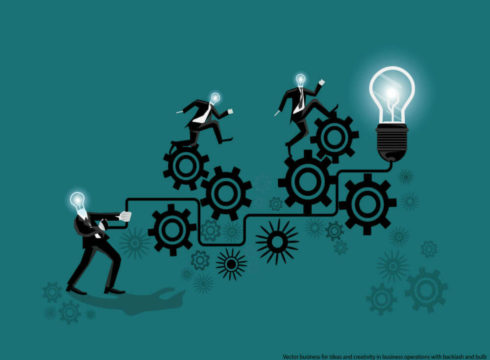SUMMARY
The product companies in India are still struggling as they generally require much more capital and come with higher risks
In this week’s Startup 101 series, Prasanna Krishnamoorthy helps young startups understand the lifecycle of product development from ideation to release
Krishnamoorthy says you should start with learning what customers want and are ready to pay for
Inc42 Daily Brief
Stay Ahead With Daily News & Analysis on India’s Tech & Startup Economy
“The product that wins is the one that bridges customers to the future, not the one that requires a giant leap.” — Aaron Levie, an American entrepreneur, co-founder, and CEO of enterprise cloud company Box.
The growth of entrepreneurship in India has resulted in a plethora of startups and many of them have turned into successful, large companies, providing high-value exits for their investors. Meanwhile, the Indian startup ecosystem continues to grow, seeing a new addition almost every other day.
With technology driven startups garnering attention in India, innovation is at an all-time high and more than 5,200 tech startups were recorded in the country in 2017. According to Inc42 Datalabs Indian Tech Startup Funding Report H1 2018, fintech, enterprisetech, and ecommerce were the top sectors in the Indian startup ecosystem.
However, when it comes to product companies in India, they’re still struggling as they generally require much more capital and come with higher risks due to their longer development cycles.
After the development of the technology, the resulting hardware product takes a long time to mature. The time taken to produce a software product too is very long — as compared to software development — because extensive customer testing and iteration cycles are required to modify the product. It must be noted here that technology products are of two different types — a software product and a hardware product which uses software technology.
With multi-level work required in developing a product, startups end up spending a lot of time and effort in trying to analyse and understand from where to start the process of product development. Many a time, the product gets stuck at the idea stage with startups trying to figure out how and when to implement the idea.
In this week’s Startup 101 series, Prasanna Krishnamoorthy, founder of Upekkha, a B2B SaaS accelerator, helps young startups understand the lifecycle of product development from ideation to release.
Krishnamoorthy has simplified the process for startups. Here’s a step-by-step guide to ease the product development process:
- Learn what customers want and are ready to pay for, figuring out the minimum that they are willing to pay for the product.
- Figure out what else the customer uses that you might need to integrate with.
- Figure out how to get that into a minimum set of features that can then be given to engineers and put into a timeline, while always making sure that this is something that can be solved using technology.
- Next, create a prototype of the product, maybe screens, again getting back to the customers.
- Show the prototype to the customers, making sure that it is something they want.
- Modify it, and then iteratively build it up into a complete Version1 of the product that the customer is now ready to pay for.
This, according to Krishnamoorthy, is the most sureshot route for an early stage product startup to take and ensure that it’s on the right track to product development.
Note: We at Inc42 take our ethics very seriously. More information about it can be found here.


